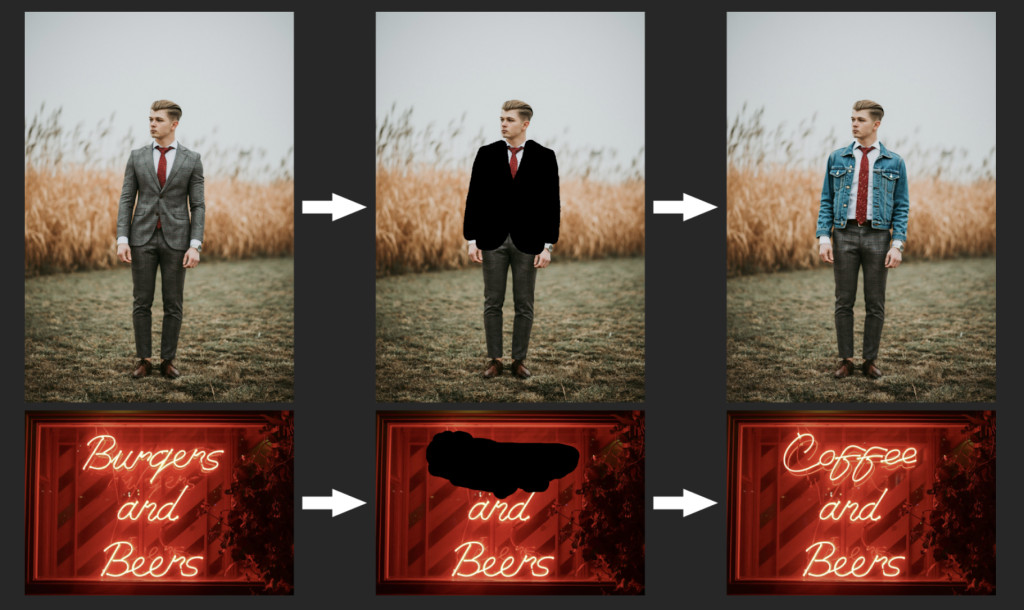

In a world where visual content is increasingly essential, the ability to create and manipulate images with precision and creativity is invaluable. Black Forest Labs, with its FLUX.1 Tools, expands the possibilities of text-to-image generation. Designed to bring control and flexibility to their base model, FLUX.1, this suite of tools allows creators to modify and re-create both real and generated images with ease. Let’s explore how FLUX.1 Tools enhance generative art and creative workflows.
FLUX.1 Tools are built upon the FLUX.1 model, which generates realistic images based on textual prompts.
However, Black Forest Labs recognized that generating an image from text is only the beginning. Creators often need more control—a way to shape and refine images to better fit their vision. This is where FLUX.1 Tools come into play.
A Suite for Steerable, Editable Image Generation
FLUX.1 Tools consists of four distinct features, each designed to enhance different aspects of the creative process:
- FLUX.1 Fill: Inpainting and outpainting models that allow users to edit and expand both real and generated images using a text description and a binary mask.
- FLUX.1 Depth: Models that provide structural guidance by utilizing depth maps extracted from input images along with text prompts.
- FLUX.1 Canny: Models that enable structural guidance based on canny edge detection from input images combined with text prompts.
- FLUX.1 Redux: An adapter that blends and re-creates input images and text prompts to produce new compositions.
FLUX.1 Tools offer greater control, allowing artists, designers, and creative professionals to steer the model’s output and make adjustments beyond the original content. Whether modifying the color palette, adjusting textures, changing the composition, or integrating elements from different sources, FLUX.1 Tools streamline these tasks.
FLUX.1 Tools allow creators to re-create and modify both real and generated images by applying transformations that would typically require extensive manual editing. Instead of using traditional image editing software, users can specify changes through an intuitive interface.

Re-Creation: Breathing New Life into Existing Imagery
The re-creation aspect of FLUX.1 Tools is particularly noteworthy. Unlike other generative models, FLUX.1 Tools build upon existing images, enhancing them by adding elements, changing lighting or setting, or including new details.
This feature holds great potential across industries. For example, in marketing and advertising, brands can take existing visuals and adapt them for different campaigns without the need for entirely new photoshoots. In gaming and entertainment, developers can use FLUX.1 Tools to create diverse environments and characters, adjusting them as needed for different contexts or moods.
Control and Steerability: The Key to Creative Freedom
The hallmark of the FLUX.1 Tools suite is its ability to provide users with genuine steerability—the capacity to guide the generative process naturally and intuitively. Traditionally, text-to-image models have often lacked specificity, requiring a frustrating cycle of trial and error to achieve the desired outcome.
FLUX.1 Tools address this issue by incorporating interactive controls that let users fine-tune results after they are generated. This steerability ensures that artists are not merely creating random outputs; they are crafting visuals that align with their conceptual goals. This blend of automated generation and human input means that users retain creative authority, making FLUX.1 Tools a valuable partner in the creative process.
Empowering a New Generation of Creators
Black Forest Labs envisions FLUX.1 Tools as a means of creative empowerment. By removing technical barriers, these tools empower users to create and modify digital images. For photographers, FLUX.1 Tools can serve as an extension of their work, providing a means to experiment with visual ideas that might be difficult or costly to achieve through traditional methods.
Illustrators and concept artists can use FLUX.1 Tools to generate initial drafts or backgrounds for refinement. Fashion designers, architects, and other visual designers can quickly visualize concepts, make adjustments, and test variations efficiently. The ability to iterate rapidly makes FLUX.1 Tools a valuable resource for exploring multiple visual ideas in a short time.
A Step Forward for Generative AI
The broader implication of FLUX.1 Tools is a significant step forward in generative AI. While much of the development in generative models has focused on improving the quality or diversifying the types of images produced, FLUX.1 Tools emphasize human control over AI output. This shift recognizes that AI tools should amplify human creativity, not replace it. By giving creators the ability to modify and steer results, FLUX.1 Tools strike a balance between automation and artistry.
Black Forest Labs is transforming text-to-image models from passive content generators to interactive creative partners. With FLUX.1 Tools, users can collaborate with the model, refine outputs, and bring their vision to life.
Conclusion: Harnessing the Power of FLUX.1 Tools
The FLUX.1 Tools suite is more than just a set of utilities—it is an invitation to reimagine how we create, modify, and engage with visual content. By integrating control, re-creation, and steerability, Black Forest Labs has crafted a toolset suited for the modern creator—whether an artist, designer, marketer, or storyteller.
As generative AI continues to evolve, FLUX.1 Tools demonstrate what is possible when technology is designed for creative collaboration. While AI can generate content, the true value lies in what happens when that content is shaped, refined, and perfected by human hands.
Check out the Details, Models on Hugging Face and GitHub Page. All credit for this research goes to the researchers of this project. Also, don’t forget to follow us on Twitter and join our Telegram Channel and LinkedIn Group. If you like our work, you will love our newsletter.. Don’t Forget to join our 55k+ ML SubReddit.
[FREE AI VIRTUAL CONFERENCE] SmallCon: Free Virtual GenAI Conference ft. Meta, Mistral, Salesforce, Harvey AI & more. Join us on Dec 11th for this free virtual event to learn what it takes to build big with small models from AI trailblazers like Meta, Mistral AI, Salesforce, Harvey AI, Upstage, Nubank, Nvidia, Hugging Face, and more.
The post Black Forest Labs Release FLUX.1 Tools: A Suite of AI Models Designed to Add Control and Steerability to the Base Text-to-Image Model FLUX.1 appeared first on MarkTechPost.
Source: Read MoreÂ

